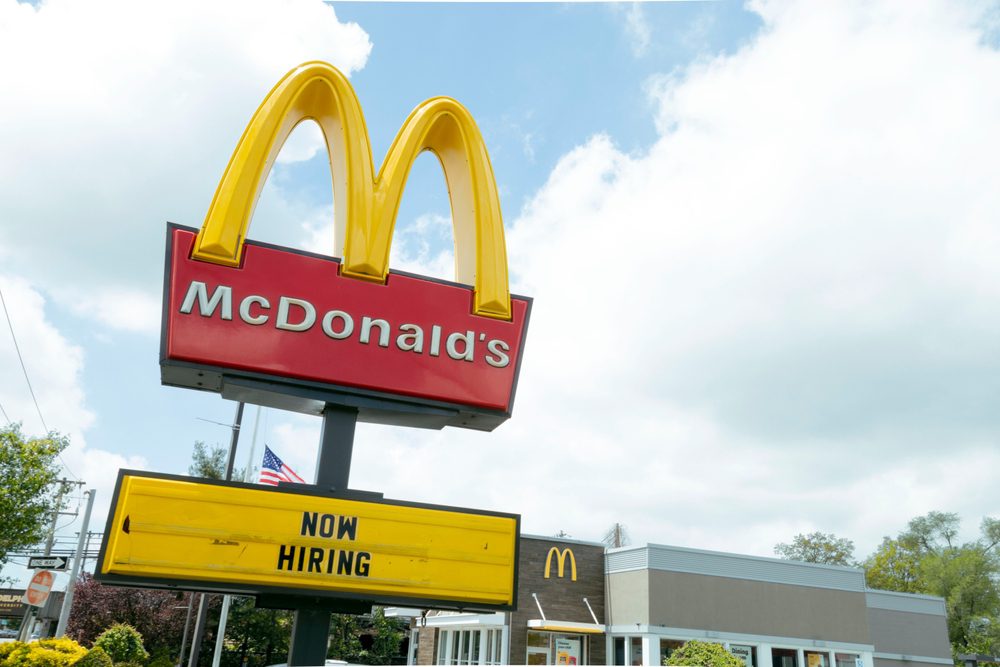
In true omnichannel marketing, brands provide customers with seamless experiences no matter where they go or which device they use.
Looking across various industries, here are three best practices for brands looking to deliver effective omnichannel experiences.
- Personalize services and communication.
Gartner predicts that by 2018, companies that have fully invested in personalization will outsell those that have not by 20 percent. We won’t know until next year if this prediction is correct, but from Coca-Cola’s “Share a Coke” campaign to Spotify’s “Discover Weekly” recommendations, it seems companies across industries have taken the forecast to heart. And it’s no wonder: Personalization has been shown to increase conversions by tenfold.
This trend towards personalization isn’t limited to advertising. Business intelligence firms are increasingly finding ways to personalize their services and communications. IBM is using location data from Pitney Bowes to provide customized services to individuals.
With advanced data analytics, brands can take a page from IBM’s book to serve personalized messages across devices and channels. A beauty brand, for example, can use data analytics to identify an ideal subset of glamor-seeking consumers. Harnessing demographic data, browsing histories and purchase data, the brand can craft a perfect audience of women between ages 18 and 34 who have recently browsed a competitor’s products online.
What, exactly, can advertisers do with knowledge of a consumer’s daily commute, for instance? They can serve a discount coupon to a potential customer shortly before she leaves work. The ad can even feature a map to the nearest pharmacy, encouraging her to stop by on the way home.
- Merge the digital and physical worlds.
With consumers owning an average of 3.6 connected devices, advertisers should be prepared to serve ads across all of them. But this reliance on digital devices does not mean consumers are no longer engaging in their physical environments. In fact, the digital and physical worlds have become more integrated than ever, and brands are taking note.
Disney has been a pioneer in this space, crafting truly seamless experiences for its customers both online and in the real world. With the My Disney Experience tool, customers can plan their trip to Disney World from start to finish. The tool’s mobile app is integrated with GPS, so customers can use it to find the attractions they want to visit and see the estimated wait time for rides.
What can brands learn from Disney? That they, too, can harness some of Disney World’s magic to merge the digital and physical worlds for customers. One example is proximity-based targeting. With an understanding of how consumers move around their physical environments, an advertiser can serve digital ads that make sense based on a consumer’s exact location. For instance, a quick service restaurant can suggest consumers stop by when they are in the neighborhood around lunchtime.
Once shoppers are inside, brands can integrate in-store and digital experiences. This is what fashion retailer Urban Outfitters did across their U.S. locations. Using beacon technology, the retailer served ads to shoppers encouraging them take and share selfies while wearing the brand’s clothing.
Once brands have harnessed the insights they need to identify and engage consumers, they can continue to use those insights to understand the customer journey and incrementally improve campaigns.
- The Future is Omnichannel
Today, we’re seeing the digital and physical worlds collide: Consumers use their connected devices to book appointments, pay the bills, play games and watch TV. They browse products on their mobile devices from the shopping aisle and make enormous purchases on their tablets from the living room sofa. And each time they pick up a cell phone or open a laptop, they expect a seamless experience.
That’s why advertisers need to make sure each and every customer experience is personalized and integrated across devices and channels. From a multinational tech company to an entertainment powerhouse, organizations across industries are showing customers the true meaning of omnichannel experiences: engaging and enchanting consumers no matter how, where or when they shop.
Gil Larsen is vice president, Americas, for Blis.
Related Articles:
Waze App Lets Wazers Choose Disney Characters From Cars 3
IBM’s Iwata on the Future of Watson and AI
Why Calls and Conversations Are Part of the Omnichannel Experience
 Network
Network

